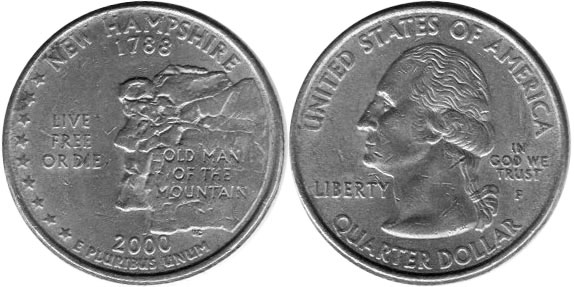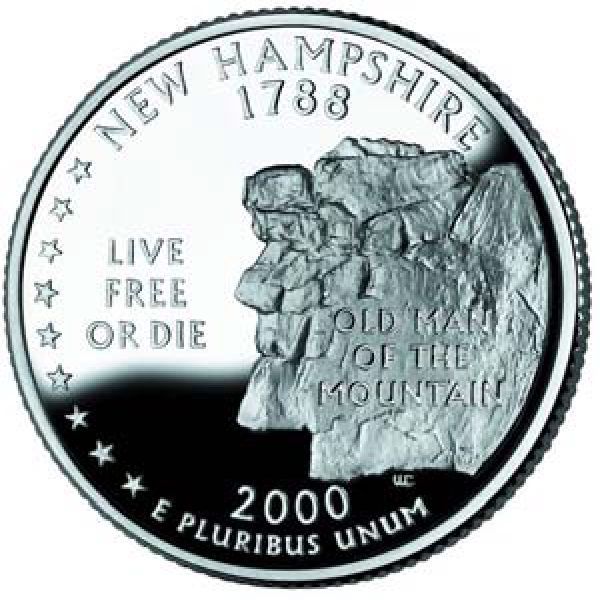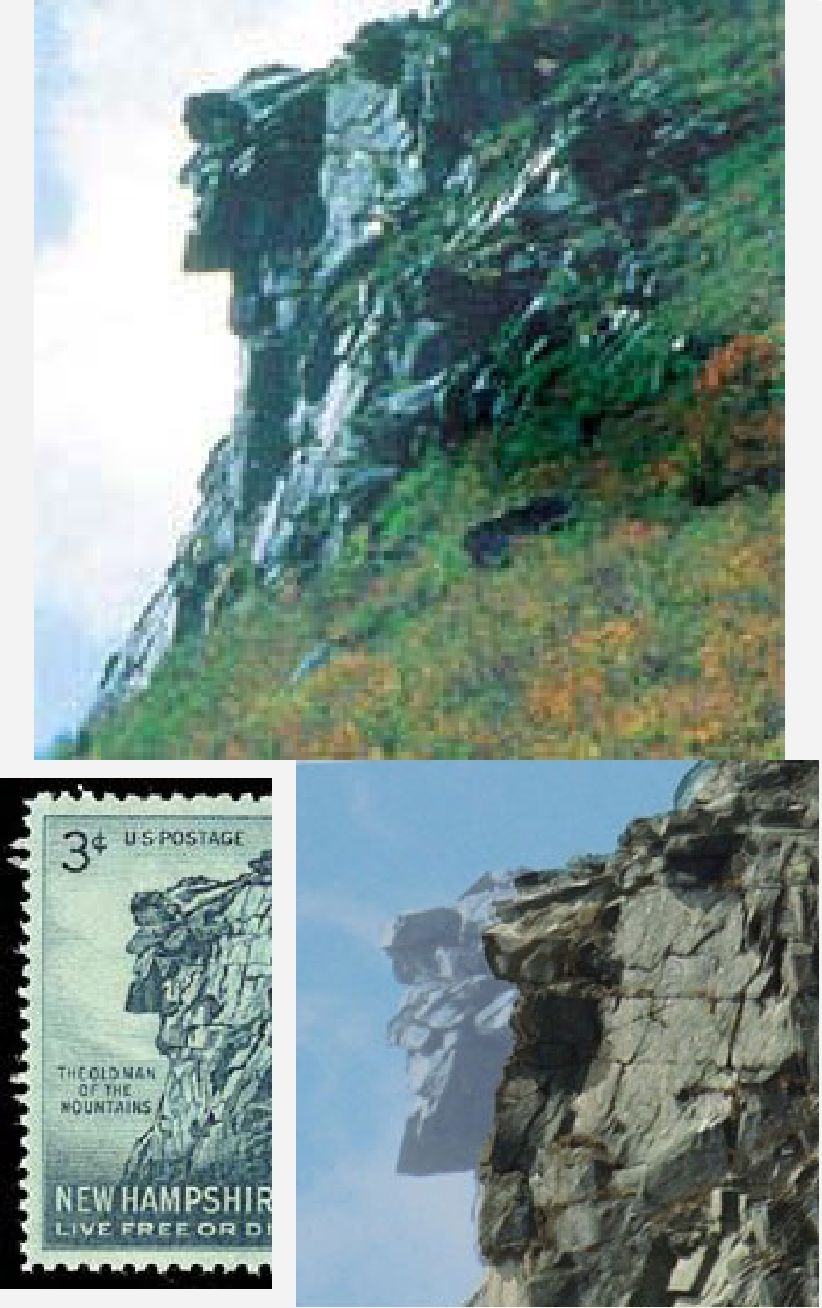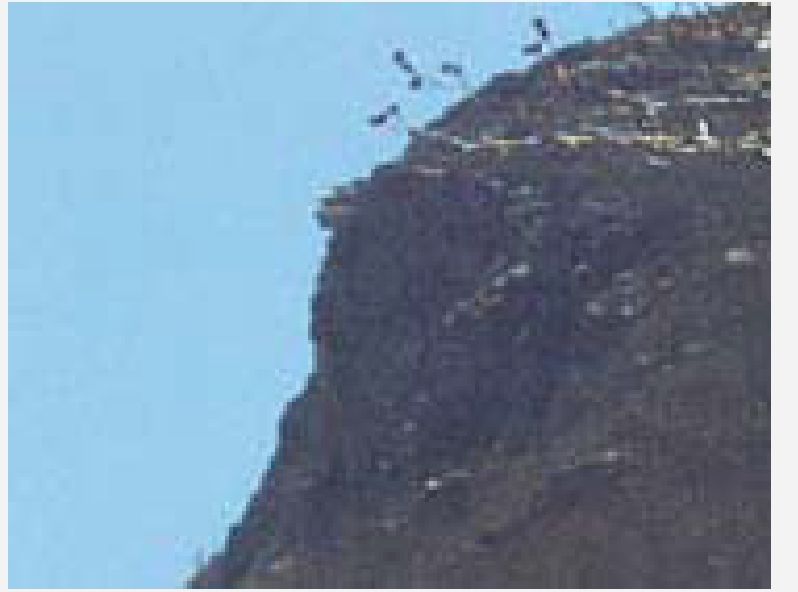US Quarter 2000 New Hampshire State coin value
The image of this coin is simply an example of US Quarter 2000 New Hampshire State type coinage.
Cost approximate and valid for common coin only (without rare varieties).
I do not buy or sell coins - this is just a catalog.
Currency - Dollar=100 cents
Face value: Quarter dollar ($1/4=25 cents)
Type - commemorative coin 50 States Quarters Series
Composition - copper-nickel clad copper
Diameter - 24.3 mm
Weight - 5.67 grams
Edge: Reeded
Mint Mark: D (Denver), P (Philadelphia)

Years of mintage:
2000
Reverse:
Old Man of the Mountain, nine stars
Legend:
NEW HAMPSHIRE 1788 / LIVE FREE OR DIE / OLD MAN OF THE MOUNTAINS / 1999 E PLURIBUS UNUM
Obverse:
Washington facing left
Legend:
QUARTER DOLLAR / UNITED STATES OF AMERICA / LIBERTY / IN GOD WE TRUST
Krause catalog number - KM#308
Coin value in condition:
UNC (Uncirculated - without traces of circulation) - ~1 USD.00
XF (Extremely Fine) - 0.25-0.50
Worse than "XF" - 0.25 USD
NEW HAMPSHIRE #9
Capital: Concord.Adhered to: June 21, 1788.
Population: 1,275,056 hab.
Origin of the name: In honor of Captain John Mason, originally from the English county of Hampshire.
Reverse shows the state symbol of N.Hampshire "The old man of the mountain" "The old man of the mountain", the legends of "LIVE FREE OR DIE" "Live free or die", the date of adhesion to The Union.
and the 9 stars that symbolize the ninth place of entry into it.

"The old man of the mountain" was discovered in 1805, it was located at a height of 365 meters above sea level, it was 12 meters high by 7.5 meters wide, it was made of granite and it was located in the White Mountains. of N.Hampshire.
It has been an emblem of the State since 1945.
On May 3, 2003, at 02:00 in the morning, it collapsed due to centuries of enduring adverse weather conditions, such as rain, wind and, above all, the weight of snow in winter.
Despite the efforts of the state to preserve it, which used steel cables and propped up the cracks it presented on several occasions, it ended up giving way.
The commotion created was such that many citizens laid flowers at the place where the great rock formation fell, politicians rushed to ask that the profile be included in symbols of the State such as the flag, citizens asked that the rock be reconstructed using materials more resistant, request that was rejected after a study of the place.
Currently there are observatories in the area from where you can virtually view the original figure.
KM#(D):308KM#(S):308a

The motto "Live free or die", is perhaps the most famous motto of the country, comes from a letter written by General John Stark on July 31, 1809, to decline the invitation for the commemoration of the Battle of Bennington.
The response to the invitation was:
“Live free or die: Death is not the worst of evils”

View of the site after 2003

